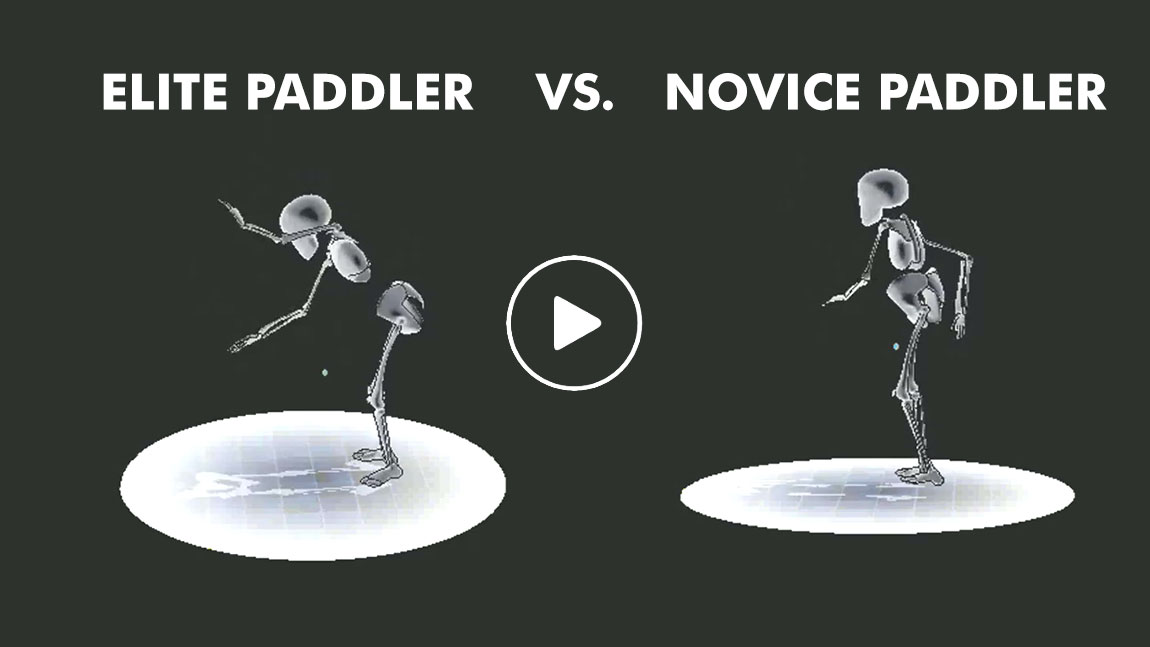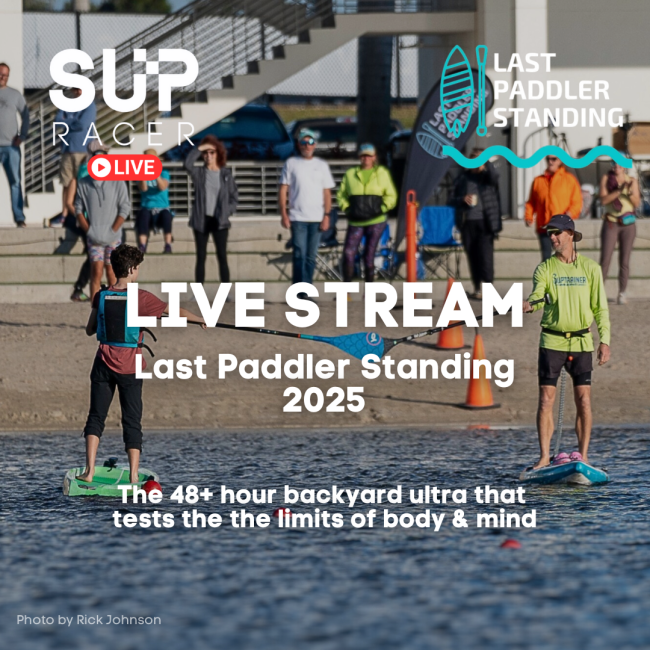
WATCH: These Two Animated Skeletons Will Teach You How to Be a Better Paddler
[notdevice][fbvideo link=”https://www.facebook.com/WaterBasedResearchUnit/videos/1306869259403327/” width=”645″ height=”363″ onlyvideo=”1″][/notdevice][device][fbvideo link=”https://www.facebook.com/WaterBasedResearchUnit/videos/1306869259403327/” width=”322″ height=”181″ onlyvideo=”1″][/device]
[notdevice]
What’s the difference between an elite and novice paddler? And how much better for your body is a good stroke technique? Watch these two paddling skeletons and find out…
This video comes from the Water Based Research Unit, which is based at Bond University on Australia’s paddling mecca of the Gold Coast and studies the physiological effects of surfing and paddling.
For this experiment, the Unit drafted a local elite paddler (can you guess who?*) to produce a 3D model of how your body should look when you paddle. Next up they got an amateur paddler to provide the contrast, and that contrast is quite stark.
The elite athlete looks very fluid and smooth, using their entire body to gain maximum power and leverage (pay attention to the hips), whereas the novice paddler looks stiff and jerky. As the Unit says:
“Note the use of the entire body in the elite paddler, less right sided elbow flexion and less rotation through the lumbar spine.”
We all know that a good technique is a good thing for racing, not just because it’ll make you paddle faster but also (generally speaking) it’s easier on your body. However it’s difficult to really visualise what a good technique is; I’ve seen a lot of paddling demonstrations over the years, but this might just be the single most innovative and effective way to show it.
Follow SUP Racer on Facebook and Instagram (@supracer) for more
* Answer: Jake Jensen



